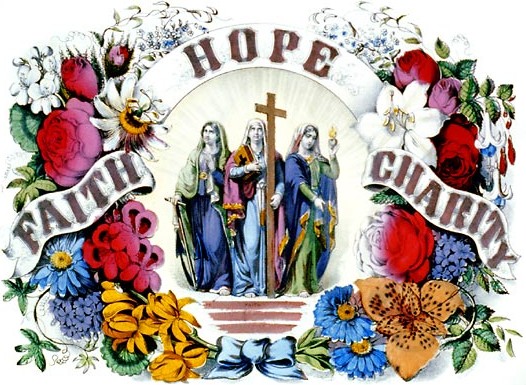Accenting, highlighting, a prayerful Hospice experience this afternoon, Rita took me to Severance Hall to enjoy the Cleveland Orchestra performing Dvorak’s ‘Stabat Mater’. I did not know we would be attending a Marian event. Nor did Rita. The Stabat Mater is a traditional Catholic hymn credited to Italian Franciscan Jacopone da Todi. The operatic performance proved stellar. Fifth row seats allowed intimate witnessing of individuals graced with superior skills and practiced precision executing wonderfully as a unified body. Our Lady was the theme of the day. Blessings rain on a free da–a day off work before another day off. The poem ‘The Knight and His Celestial Lady’, I posted earlier came from a book ‘Our Lady’s Knight: The true story of Technical Sergeant Leo E. Lovasik’. I came across the book spending the afternoon with a Hospice patient. I spent a previous afternoon with him several weeks ago, providing respite for his daughters and son. I was informed earlier in the week the patient requested my return. I was humbled and honored to accept the invitation. He has stopped eating, not getting up from his bed. His daughter warned me she feared he was very close to death, asking me if I was alright with the fact. I told her how moved I was to be there. The patient and myself enjoyed two and a half hours of intense prayer, moments of quiet poignantly filling—the silence empty, yet sustained by birds singing. I adored the way he kept focus on me, forcing me to close my eyes in order to hide from identity. It was a good day. Afterwards, only a mile away from St Paul Shrine, I stopped by in order to sit before the Eucharist. I encountered the man of prayer, engaging in a conversation centered on the passing of his father Thursday evening. God is good and all giving. It is interesting and noteworthy that the Marian book revealing the life of Sergeant Leo E. Lovasik is difficult to attain. Copies do not exist for purchase. I will have to stop by the patient’s home offering his children money for the book. It will be a pleasant Sunday afternoon excursion.
|
|


